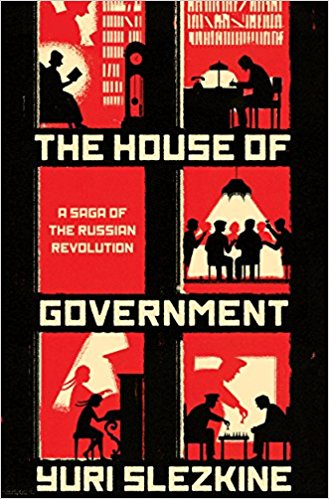Since spring lockdowns were lifted, the demand for workers has snapped back faster than many economists expected. Between April and October the unemployment rate fell by more than half, to 6.9%, undoing more than two-thirds of its initial rise.But unemployment data overstates the health of the labor market because the supply of people either working or looking for a job has declined. The U.S. labor force is 2.2% smaller than in February, a loss of 3.7 million workers.
The labor-force participation rate, or the share of Americans 16 years and over working or seeking work, was 61.7% in October, down from 63.4% in February. Though up from April’s trough, that is near its lowest since the 1970s, when far fewer women were in the workforce.
The supply of workers and their productivity are the building blocks of economic growth. A smaller labor force leaves fewer workers to build machines and clean tables, restraining the economy’s long-term prospects.
“If we don’t get all the workers back, we can never have a V-shaped recovery,” said Betsey Stevenson, economics professor at the University of Michigan, referring to a quick and sustained bounce-back after a sharp decline. “Everybody should be worried about making sure that we don’t leave workers behind,” she said.
>Many economists say it’s too soon to conclude this year’s decline in participation is permanent. They note labor-force participation usually falls in recessions. The lack of good-paying job opportunities prompt many of the unemployed to give up the job search, return to school or simply retire earlier than they had planned. When labor markets tighten, rising wages and better hours pull people back into the workforce. Heading into the pandemic, labor force participation rates had improved; unemployment fell to 50-year lows and wages rose during the last economic expansion.
Many who have left the labor force had worked in low-wage sectors like retail, hospitality and personal care services disproportionately hit by the pandemic. Once the virus is contained, many of those jobs and workers may return, boosting participation.
Just a third of the increase in the number of people sidelined from the labor force since February 2020 say they still want a job but are not now looking, according to the Labor Department.
>Older workers who leave the labor force for good might mean employers turn to hiring more younger workers at lower wages when the economy recovers more broadly. But that’s not the same thing as the creation of new jobs, which is the engine of economic growth.
Some economists say the extent to which participation revives depends on how swiftly demand rebounds. Joel Prakken, chief U.S. economist at IHS Markit, believes that the combination of falling unemployment and the reversal of virus-related economic effects will gradually restore participation to pre-pandemic levels.
The economy has already recovered faster than many predicted in the spring, and advances in vaccine development suggest the potential for a strong recovery as the health threat ebbs.
New applications for unemployment benefits declined last week, a sign layoffs are easing but remain high. U.S. services businesses, a key driver of economic growth, gained ground for the sixth straight month in November, adding to signs of a continued recovery.
Nonetheless, some economists see three reasons the pandemic’s depressing effect on the labor force could linger. First, it appears to have sped up some baby boomers’ decision to retire, shrinking the number of productive workers in the economy prematurely. Second, it is forcing some parents of young children, in particular women, to reduce their hours or stop working altogether, which could make a comeback harder. Third, it is falling particularly heavily on workers with less education and skills. These workers often struggle to find well-paying work and many drop out of the workforce.
Participation fell sharply after the 2007-09 recession and never fully recovered. This partly reflected demographics as the first baby boomers qualified for Social Security in 2008. The recession damped participation of “prime-age” workers, those 25 to 54, which didn’t return to 2007 levels until 2019, when the labor market was strong. Lower participation reduced average annual economic growth by 0.6 percentage point from 2009 to 2017, according to S&P Global.
This recession appears to be speeding up retirements. In the third quarter of this year, about 3.2 million more baby boomers said they were out of the labor force due to retirement than in the same period a year earlier, according to Pew Research. From 2011 through 2019, the number of retired baby boomers rose at a rate of about two million annually.
Labor-force participation among workers aged 55 and over logged in at 38.7% in October, down from 40.3% in February.
“It’s always harder for older workers to find jobs when they’re pushed out,” said Teresa Ghilarducci, labor economist at the New School in New York City.
That’s especially true for older workers who entered the pandemic already in a vulnerable position. At the start of the year, Karen Naranjo, age 65, was unemployed, networking at charity events while preparing to look for a job at a nonprofit serving homeless or at-risk youth that used her project-management skills. But then the pandemic upended her plans.




























